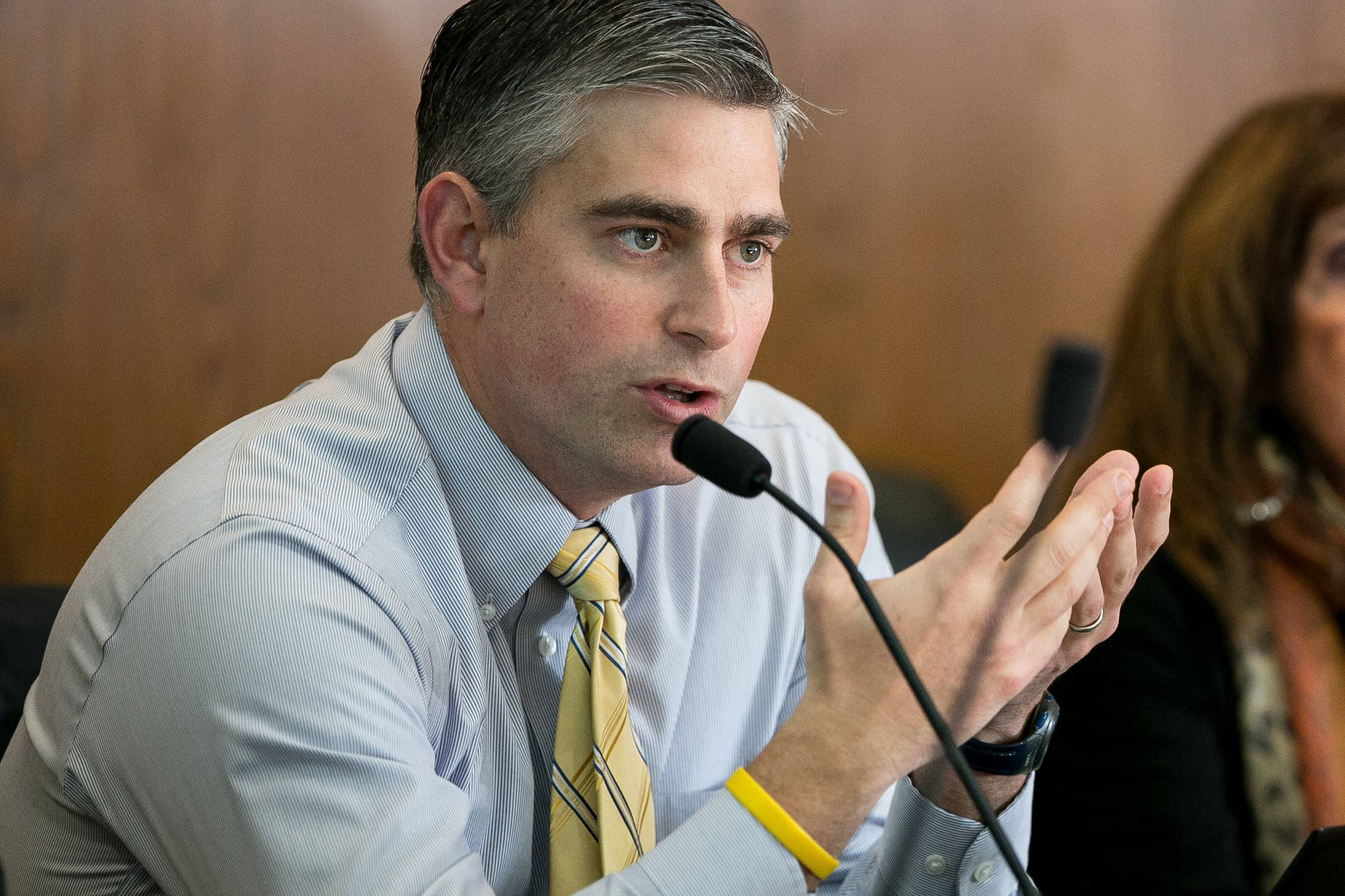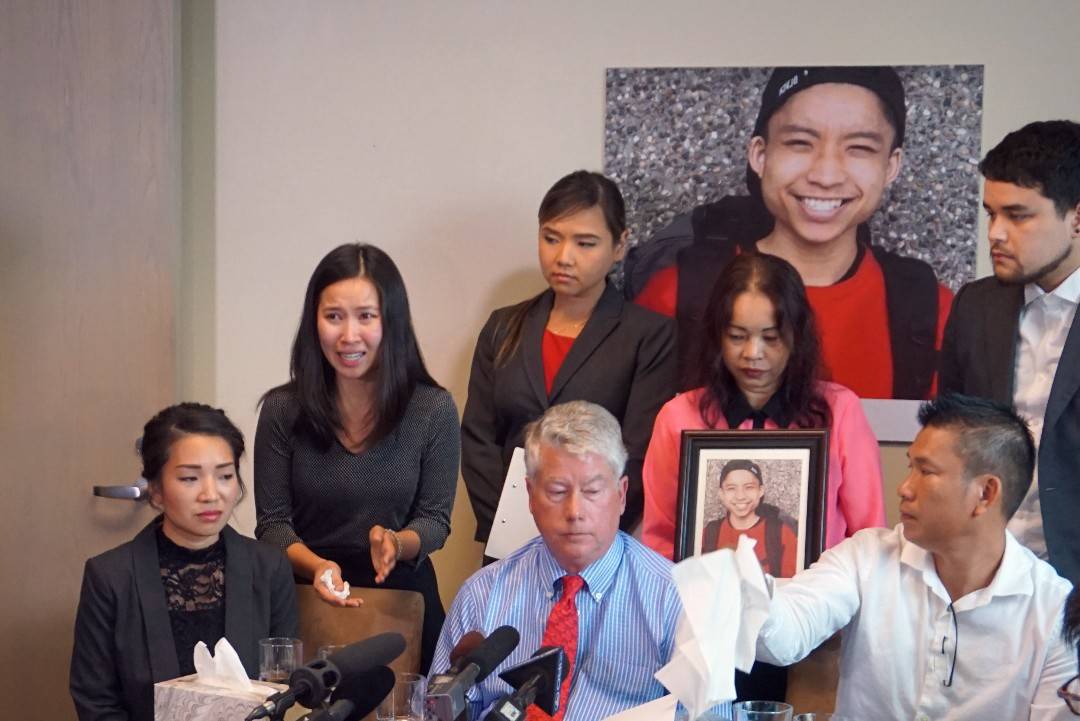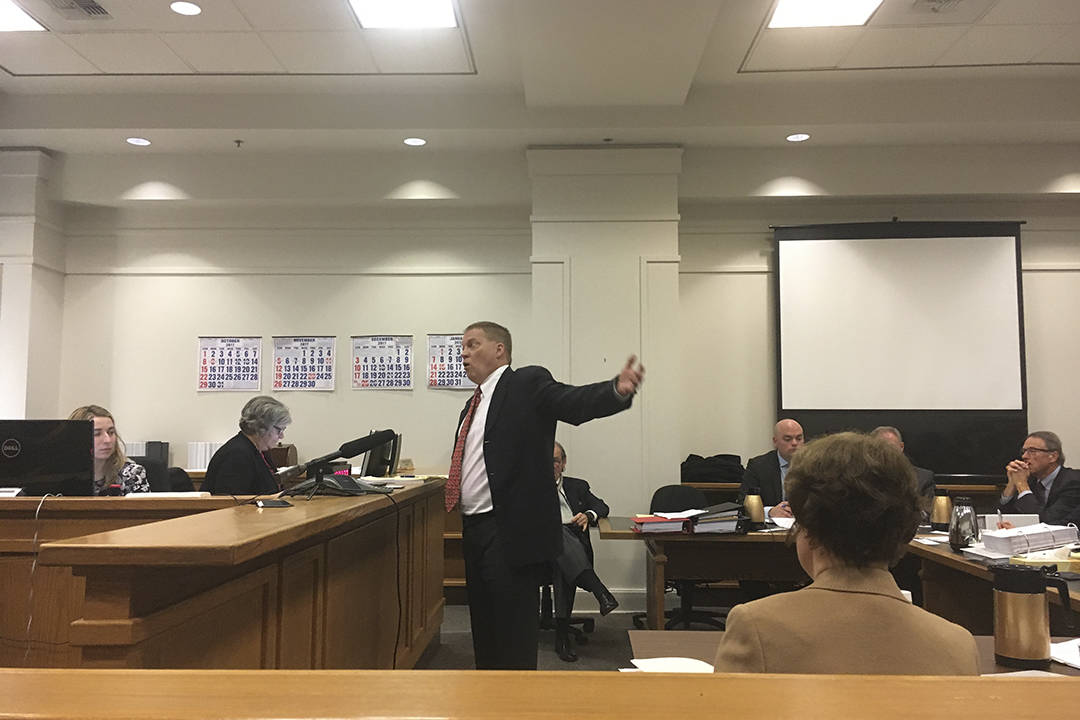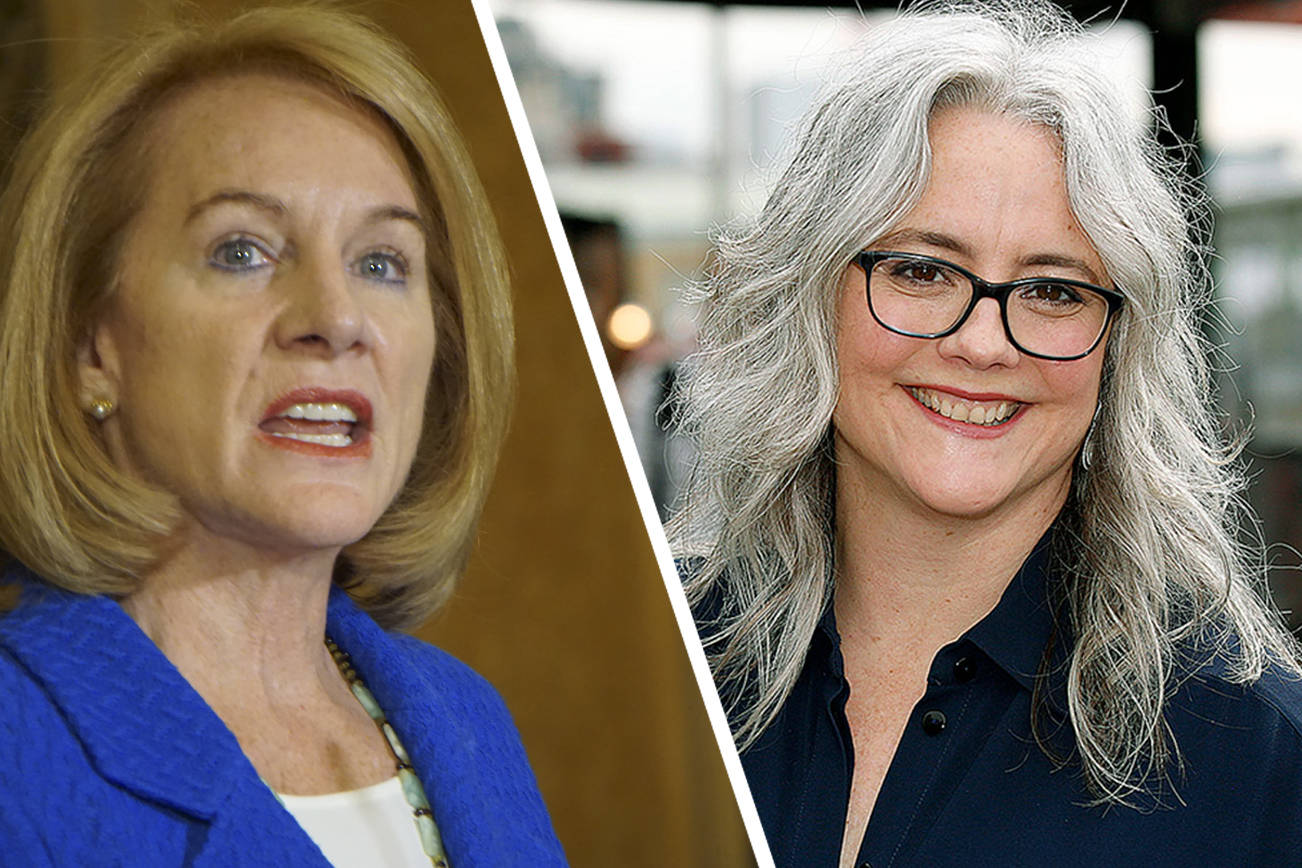Paid family leave now, or paid family leave later.
That, more or less, was the choice Republicans faced this session. The “now” was a bill negotiated between paid leave proponents and industry groups like the Association of Washington Business; the “later” would have been a ballot measure—introduced as soon as next year—that business leaders would have no say in.
It all felt like history repeating for GOP leaders. Last session, they used their control of the Senate to block bills that would have raised the state minimum wage and required Washington businesses to provide paid sick leave. It was a short-term win, but they then watched as a coalition of labor and other worker advocates successfully passed I-1433, which put the state on track to have a $13.50 minimum wage and mandatory sick leave. What’s more, Republicans also saw polling, those privy to negotiations say, that showed paid family leave was an even more popular policy in Washington than the minimum wage increase.
“Every proponent from the business community has stated explicitly: ‘We don’t like the policy but we’re afraid of the initiative. We’re afraid of organized labor running an initiative. We’ve been shown polling data,’” Sen. Michael Baumgartner, R-Spokane, said during a last-minute committee hearing on the bill last week. “So it’s sort of this legislative coercion on the policy.”
Ultimately, the GOP chose paid family leave now, passing it out of the Senate 37-12, resulting in Gov. Jay Inslee on Wednesday signing what’s being hailed as one of the strongest paid family leave laws in the country. Under the law, employers and employees will both pay into a fund that is then used to provide people who have just had or adopted a child, or are suffering from a major illness or disability, up to three months of paid time off. The rates that employers and employees pay in and would be paid out vary based on the size of the employer and the wage of the employee. Among the more progressive aspects of the program, low earners will be paid almost the full amount of their wage while on leave; in other states, low earners receive just a fraction of their normal wage, making the benefit out of reach since it’s not enough money to cover living expenses.
The program will begin in 2020.
The plan had the support of the Association of Washington Business, the Washington Retail Association, the Washington Hospitality Association, and the NW Grocery Association. Those groups were party to a series of closed door negotiations that resulted in the final bill. A person briefed on the matter tells Seattle Weekly that ultimately the business interests preferred to have the law pass with some input, rather than watch an initiative they had no say in become law. They said that wins for business include a provision that exempts businesses with fewer than 50 employees from paying into the plan (though employees at these businesses will still pay in and will still have access to the benefits.)
Publicly, the business leaders have expressed support for the plan.
“Washington employers recognize the importance of taking time off work with pay during critical times. In fact many already provide a paid family leave benefit,” said AWB president Kris Johnson following passage of the bill. “The statewide policy ensures that all employees will be able to care for their families when they need to, and it does it in a way that’s workable for employers, particularly small businesses.”
Still, Senate Republicans have insisted that business support for the law was a defensive move.
“I’ve spoken to one Republican who supports this,” Baumgartner said during the hearing last week. “The rest feel they’re forced to do this because there’s going to be a more onerous initiative. The big business community doesn’t feel able to fight the initiative.”
Marilyn Watkins, policy director at the Economic Opportunity Institute, which was a major backer of the family leave law, agreed that the prospect of a ballot initiative was a big motivator in negotiations. But she pushed back on the idea that it was the “coercion” Baumgartner said it was.
“I don’t see it as remotely coercive. It’s something that the voters of Washington state clearly want,” she says. She adds that she’s spoken with small businesses who support the policy, because it will allow them to better compete with larger companies that can more easily afford paid family leave. And, in the end, it was people with opposing views working across the table to come up with a plan.
“Most of us, all of us, who were engaged directly in the process feel it was actually a model for what democracy should look like,” she says.
Washington has actually had a paid family leave law on the books since 2007; however, the state has never funded it. Watkins says since that original law was passed, there has been a shift in thinking on paid family leave, with even the Trumps expressing some support for the idea.
Watkins says her side made sacrifices to make the law more palatable to businesses. This includes having employees and employers share the cost of the program, when polls show that a 100 percent employer contribution set-up is popular with voters. As is, workers will be paying 63 percent of the weekly premium and employers 37 percent.
“We probably could have gotten more if we had waited and gone to the ballot, but ballot measures are expensive and have some inherent uncertainty,” she says.
dperson@seattleweekly.com








